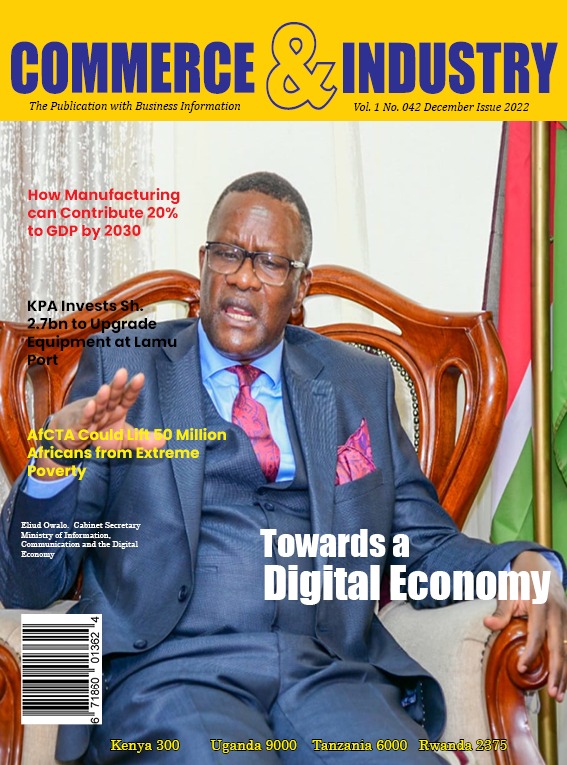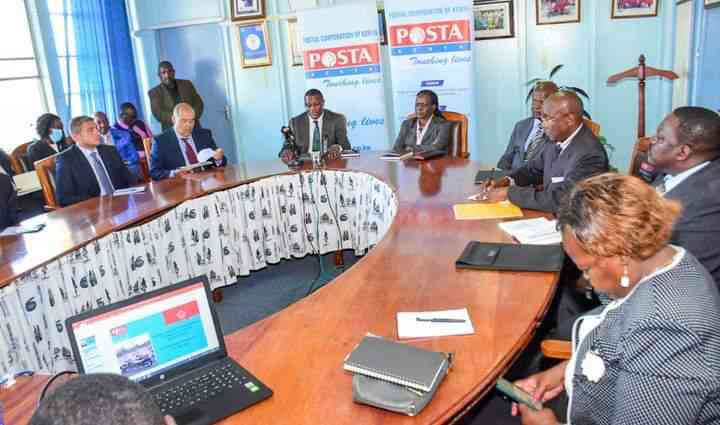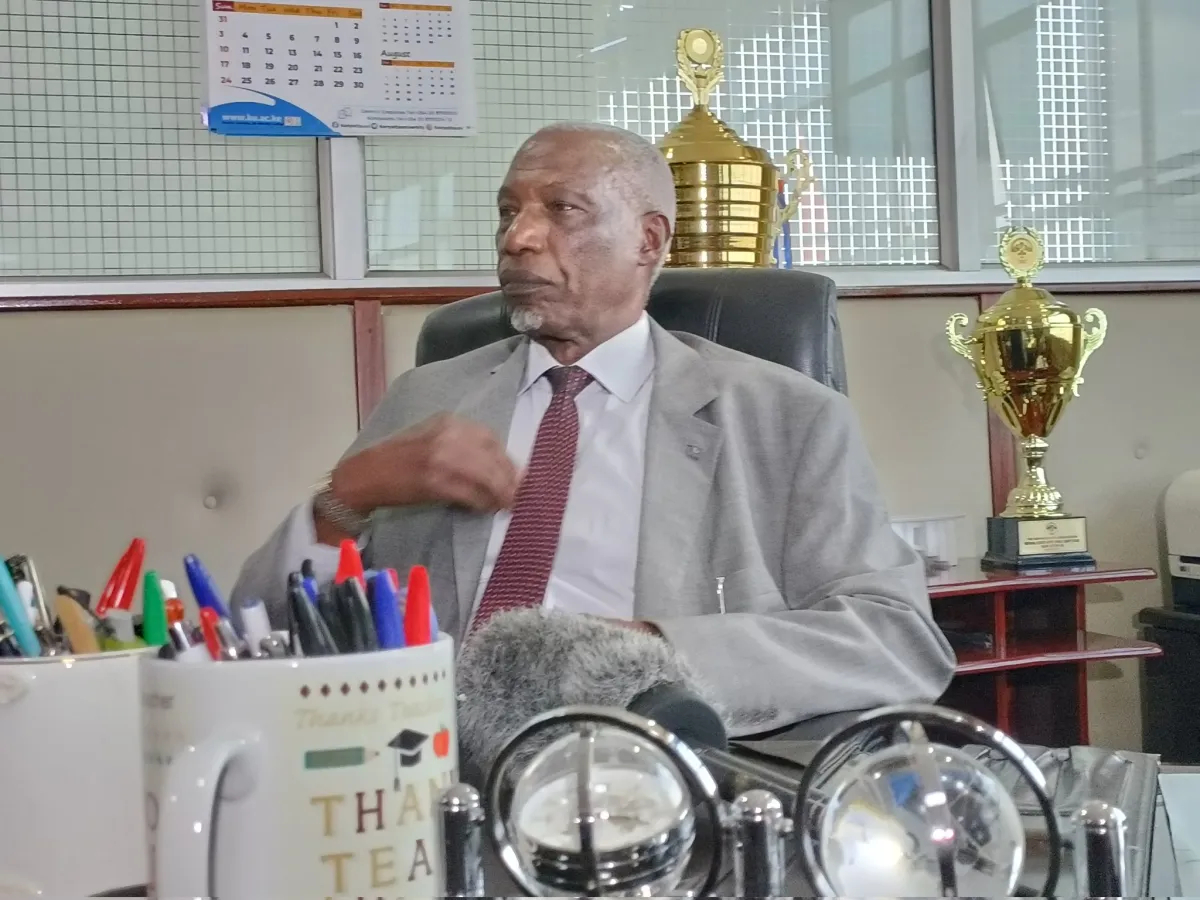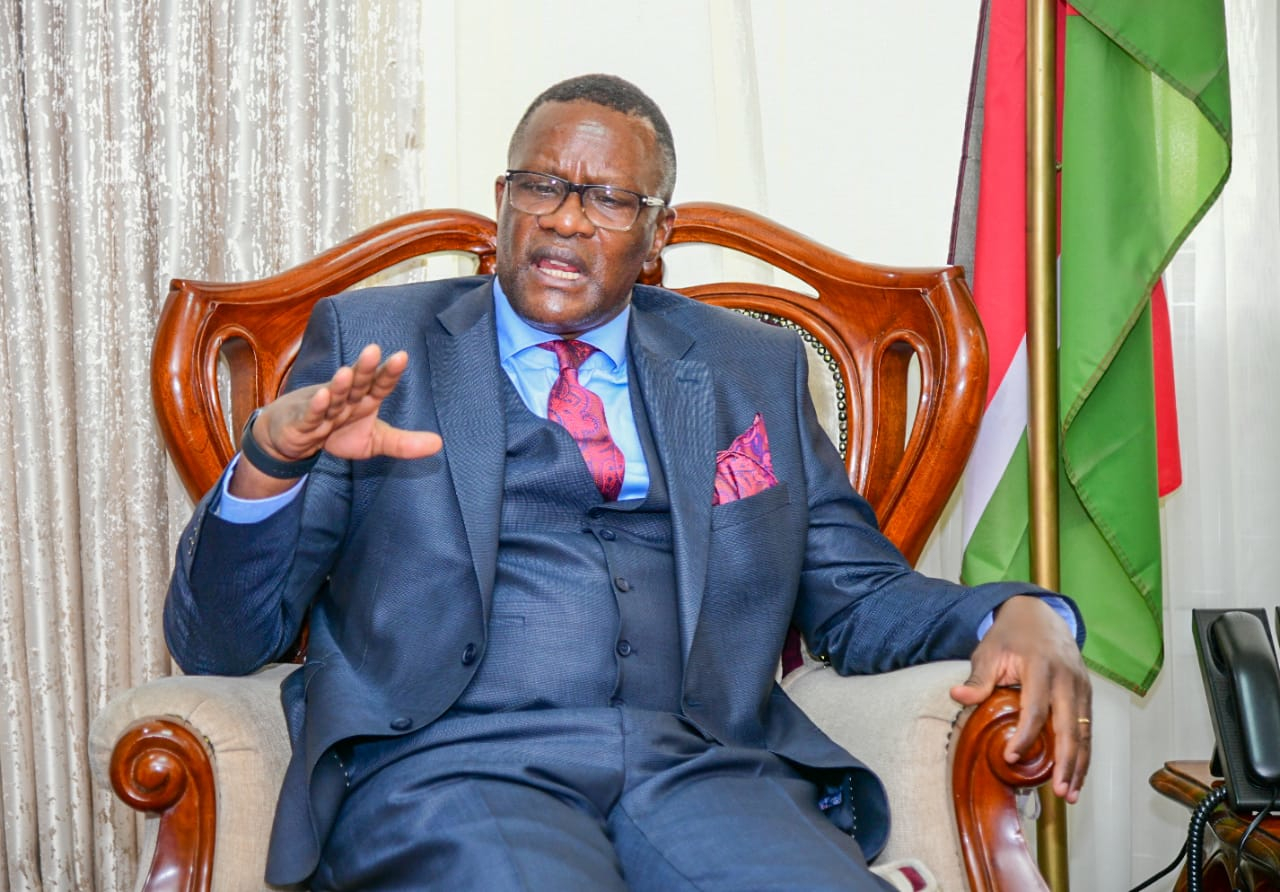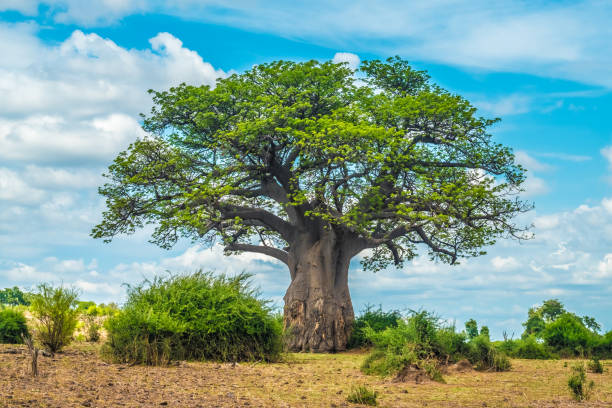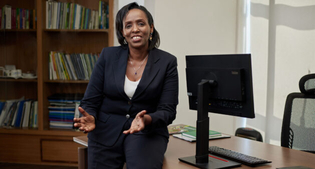
The Loss and Damage Fund Must Work for the Most Vulnerable
- The Loss and Damage Fund aims to help poor countries counter the negative impact of Climate Change.
- A functional Loss and Damage Fund will go a long way in accelerating recovery for vulnerable countries and bolster their resilience
At the world convenes in Dubai for COP28, developing countries will be looking out for opportunities to massively scale up action against the “loss and damage” arising from climate change.
The principle of “Loss and Damage” acknowledges the irreversible adverse impacts and economic losses already underway as a result of years of denial and lack of attention to climate change issues.
Unfortunately, the most vulnerable countries are least equipped to fight climate change. For these countries, a functional Loss and Damage Fund will go a long way in accelerating their recovery and development of resilience.
In this regard, we expect Africa to be among the priority beneficiaries, given that the continent has contributed the least to the global climate crisis, estimated at 3%, yet suffers the most significant losses due to its limited adaptive capacities.
Climate change disproportionately affects vulnerable African communities, particularly smallholder farmers, who constitute 60% of the continent’s workforce and are responsible for 70-80% of its food production.
Agriculture in Africa, heavily reliant on rainfall, bears the brunt of climate-related damages, impacting energy production, water resources, the environment, and infrastructure. These challenges lead to suppressed GDP, forcing governments to redirect resources to food imports, social protection, and aid.
In countries heavily reliant on agriculture, constituting over 43% of GDP in 2018, these impacts can slash national GDP by up to 4% annually. From 1990 to 2019, floods and droughts notably hampered African countries’ GDP per capita. COVID-19 and global security issues have further exacerbated these challenges, reducing the average national GDP by up to 10%.
The situation is more dire in the highly vulnerable regions of the Sahel, the Horn of Africa, and the countries along the Equator, which continue to suffer inter-annual and longer-term changes in rainfall patterns, extreme temperatures, recurring droughts, floods, dust storms, and heatwaves, among others.
These adverse conditions and more frequent extreme climate events make it difficult for farmers to produce, store, and market food, leading to increased food shortages that cause price volatility. In turn, this fuels poverty and social and political marginalization, leaving a growing class of young people at risk and prone to violent extremism.
African countries have increased debt levels, and this, combined with the severe climate shocks, is likely to impede growth and threaten decades of developmental progress. Increased debt has diminished African countries’ ability to withstand climate shocks and handle resulting losses. According to the IMF-World Bank Debt Sustainability Framework for Low-Income Countries (LIC-DSF), seven African nations are in debt distress, 18 face high risk, and 13 moderate risk.
Mozambique, for example, suffered the biggest impact of cyclones Idai and Kenneth in 2019, compounded by the soaring of its public debt to nearly 110% of GDP. Other countries are grappling with the aftermath of recent crises, such as the Russia-Ukraine and Israel-Palestine conflicts, along with rising dollar interest rates, hindering developing nations’ efforts to achieve crucial Sustainable Development Goals, particularly those related to poverty alleviation and ensuring adequate nutrition.
At COP27 in Egypt last year, the decision to create the Loss and Damage Fund represented a historical breakthrough, recognizing the injustices in distributing the burden of responsibility. The Fund aims to finance developing countries in dealing with the negative consequences of climate change and help them rebuild the necessary physical and social infrastructure.
So far, negotiations have been underway to address the many considerations required to operationalize the Fund. We appreciate the consensus to host the Fund at the World Bank for a trial period of four years.
However, recognizing the urgent need for a coordinated response, it is the hope and expectation of many that leaders at COP28 will raise the financial resources required to activate the Fund, and establish a clear timeframe for its operationalization.
From an African perspective, critical considerations for COP28 regarding the Loss and Damage Fund encompass various crucial aspects. These include the urgency of speed and urgent action to address severe and irreversible climate consequences, underlining the historical context of climate funds that took years to become effective. Paramount is the need for sufficient funding, emphasizing the urgency of fulfilling prior commitments like the Paris 2015 US$100 billion per year pledge, given the current resources fall below expectations.
Additionally, Africa advocates for strong, robust, and flexible compensation mechanisms, highlighting the importance of clear criteria, transparency, fairness, and accountability. Direct country access is deemed crucial for the effectiveness of the Fund. Integrated climate risk management is considered essential to minimize losses and damages, allocating resources to vulnerable countries for preparedness, reduction, and transfer mechanisms.
The Fund’s replenishment involves targets for regular replenishment from high-emission countries, international donors, development agencies, and philanthropic organizations, aligning with its vision for effective operation. Private sector involvement is encouraged through public-private partnerships, climate bonds, insurance, and corporate social responsibility initiatives.
Ultimately, stakeholders must work together for the development of an independent oversight body for the Fund, as the governance and administration of the Fund by the World Bank is temporary.
We must remember that the potential move to the African Development Bank would align with the Fund’s vision, and benefit the nations, and continent, most affected by climate change. In this critical juncture, global leaders must unite to ensure the Loss and Damage Fund becomes a catalyst for resilience, recovery, and sustainable development in the face of climate-related adversities.


